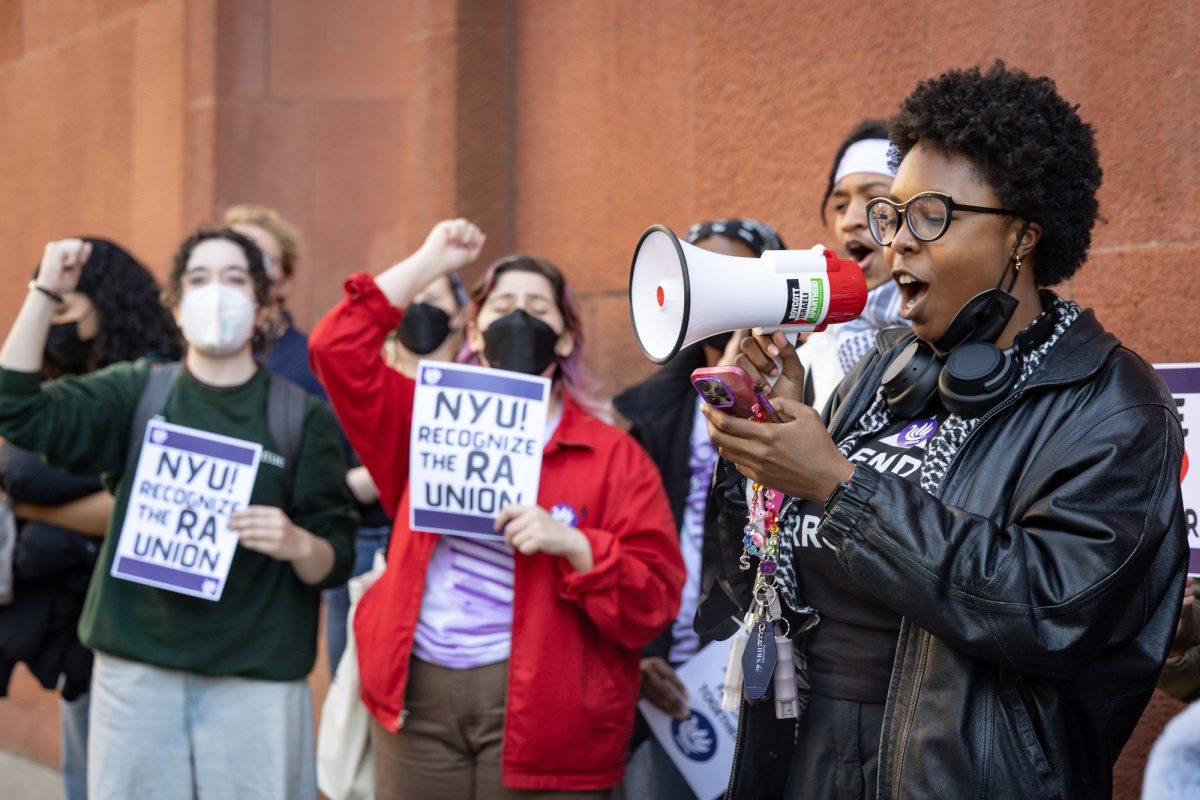Sports traditions create dangerous expectations

October 19, 2015
New York Mets shortstop Ruben Tejada fractured his leg last week during a playoff game against the Los Angeles Dodgers. The second baseman for the Dodgers, Chase Utley, caused the injury by sliding hard into Tejada to break up the play. As Tejada lay on the field, waiting to be carted off the basepath, a chorus of disgruntled pundits and commentators jumped in.
While many called for rule changes to protect the fielder from such violent attacks on other players, there were still those who insisted that such acts were just part of the game. Here lies the problem: the idea that dangerous tactics like Utley’s slide are simply examples of classic “hard-nosed” baseball. Holding by this attitude, officials are hamstrung to a reactive approach to rule-setting, only changing the rules once an incident gets out of hand.
Between violence on the field and toxicity in the locker room, sports culture needs a major overhaul if it will ever be able to proactively address the mental and physical health of its players.
We see that a double standard exists even in the major leagues; rules are rarely changed unless the stakes are high for the sport itself, such as when a star player is injured. Those who defended Utley’s actions all told a similar tale; this is just how the game has always been played. However, regardless of what anyone thinks of this incident, it is the universality of the trend that is the most troubling. This line of thinking has far-reaching repercussions for both the players and the game of baseball itself.
Sports culture, which can be an enriching experience for many, can also create a minefield of emotional and physical issues for those participating. A combination of tradition, social pressure and competition can lead to any number of issues. Hazing, for example, is prevalent in many major sports in high school, college and up to the professional level despite being illegal in 44 states. Additionally, players can often feel pressure to maintain their health in order to avoid losing playing time or to appear weak in front of teammates.
These situations are nearly always avoidable. Considering the possible harm caused by adhering to these absurd and outdated customs, it begs the question of how long our society will allow this to continue. With each athlete’s injury, student or professional, it becomes ever clearer that brushing aside the issue with a half-hearted “that’s just the way it is” statement is insufficient.
American sports culture has long been a hotbed for controversy, much of which seems unintentionally self-imposed. Until fans and officials alike are able to come together and seriously reflect on the dark sides of their beloved sports, this insanity will persist.
Opinions expressed on the editorial pages are not necessarily those of WSN, and our publication of opinions is not an endorsement of them.
A version of this article appeared in the October 19 print edition. Email Emily Fong at [email protected].












































































































































